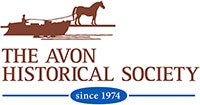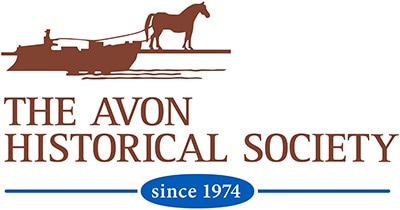The partnership of the Avon Historical Society, Avon Free Public Library and Avon Senior Center is pleased to present the fifth and final lecture in their fourth annual five-part webinar series “Unearthing History: The Discovery of a 12,500-year-old Paleo-Indian Site along the Farmington River in Avon, CT.” The final lecture entitled “Paleoindian Discovery in America” will be presented by Dr. Brad Lepper, PhD, Senior Archaeologist, World Heritage Program, Ohio History Connection. It will be held on Thursday, October 10, 2024, beginning at 7:00pm via Zoom through a link from the Library. It is available free of charge. Sign up at: www.avonctlibrary.info
The Paleoindian discovery America was the last great human migration into an unpeopled world. It is the foundation of all that came after it across the Indigenous Americas. Archaeologists are still seeking the answers to many of the most important questions about this first chapter in American history. When did people first arrive in this hemisphere? How did these people so quickly occupy and adapt to the many varied environments of North and South America? What effect did the arrival of humans have on the many large species of mammals living across these two continents? The answers to these and other questions will be explored in this presentation.
Dr. Lepper earned his BA degree from the University of New Mexico and his MA and PhD degrees from The Ohio State University. His primary areas of interest include the Ice Age peoples of North America, Ohio's magnificent mounds and earthworks, and the history of North American archaeology.
The fourth annual Unearthing History series, sponsored by a grant from the Lower Farmington River and Salmon Brook Wild and Scenic Committee, is being held in response to the 2019 excavation of a 12,500-year-old (10,000BC) Paleo-Indian site six feet below ground during a CT Department of Transportation construction project of the now completed bridge on Old Farms and Waterville Roads at Route 10 in Avon, CT. The survey uncovered more than 15,000 artifacts and features that are characteristic of the Early and Middle Paleo-Indian periods. The site is named for Brian D. Jones, the late Connecticut State Archaeologist, who led the effort to dig deep based on earlier excavations in the area over the past few decades. Currently, this site is the oldest archaeological site of its kind in Southern New England.
According to Dr. Lucianne Lavin, Director Emerita of Research & Collections at the Institute for American Indian Studies in Washington, CT, the last Ice Age in this region began to melt away about 17,500BP (Before the Present). As it receded, a lush new land was exposed that provided for animal life to return about 13,500BP in the form of tundra-grazing animals such as mastodons, mammoths, horses, giant beaver, caribou, and more. The ancient communities of the Paleo-Indians are thought to have begun to arrive in the northeast after that time in search of those animals for food. They were the first settlers of what is now Connecticut and southern New England. (Connecticut’s Indigenous Peoples, by Lucianne Lavin, 2013, Yale University Press)
Partners in this series include the Farmington River Watershed Association, Institute of American Indian Studies, Washington, CT and The Avon Land Trust.
The Unearthing History four-year webinar series will conclude with this last webinar. To watch the webinars from the 2021, 2022 and 2023 series on YouTube, visit: www.youtube.com/user/afplct
Please register and a Zoom link will be sent out before the event.



